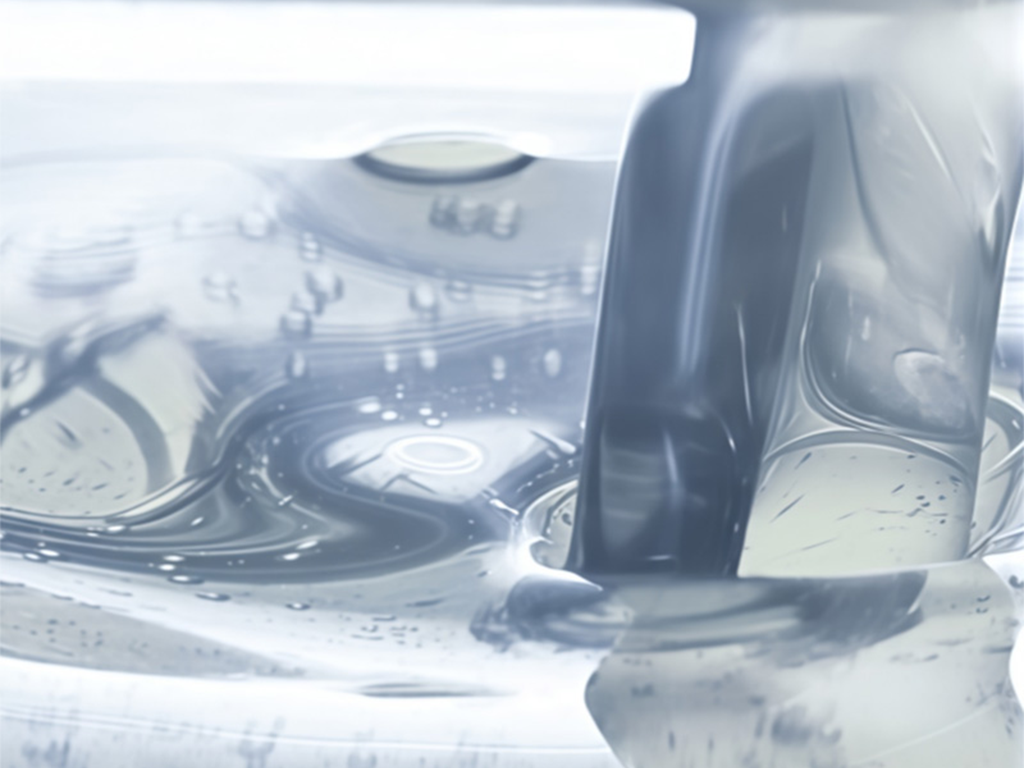Die Acrylat-Polymerzusammensetzung bezieht sich auf die Mischung aus Monomeren, Additiven und Initiatoren, die zur Bildung des Polymers verwendet wird und dessen Eigenschaften sowie Eignung für spezifische Anwendungen bestimmt. Die Hauptbestandteile sind Monomere: Acrylatester (wie 2-Ethylhexylacrylat, Methylacrylat oder Butylacrylat), die Flexibilität, Haftung und chemische Beständigkeit verleihen, sowie Methacrylate (wie Methylmethacrylat), die Steifigkeit und Härte beitragen. Polare Monomere wie Acrylsäure oder Hydroxyethylacrylat werden hinzugefügt, um die Haftung auf polaren Substraten zu verbessern oder Vernetzung zu ermöglichen. Das Verhältnis der Monomere ist entscheidend: Ein höherer Anteil an 2-Ethylhexylacrylat erhöht die Flexibilität und Klebrigkeit und eignet sich somit gut für Klebstoffe, während ein größerer Anteil an Methylmethacrylat die Härte verbessert und ideal für Beschichtungen oder starre Kunststoffe ist. Initiatoren (z. B. Peroxide oder Azo-Verbindungen) setzen die Polymerisation in Gang, wobei Art und Konzentration die molare Masse sowie die Reaktionsgeschwindigkeit steuern. Vernetzer (wie Ethylenglykol-Dimethacrylat) werden in geringen Mengen hinzugefügt, um die Kohäsion und chemische Beständigkeit durch Bildung kovalenter Bindungen zwischen den Polymerketten zu verbessern. Zu den Additiven können Weichmacher (zur Verbesserung der Flexibilität), UV-Stabilisatoren (zur Verbesserung der Wetterbeständigkeit) oder Antioxidantien (zum Schutz vor Zersetzung) gehören. Das Unternehmen E Plus Chemical Co., Ltd. passt Acrylat-Polymerzusammensetzungen über seine OEM-Dienste individuell an, indem es das Verhältnis der Monomeren und Additive an die spezifischen Kundenbedürfnisse anpasst – sei es ein hochklebender Klebstoff mit erhöhtem Anteil an 2-Ethylhexylacrylat oder eine wetterbeständige Beschichtung mit UV-Stabilisatoren. Dank der fortschrittlichen katalytischen Polymerisationstechnologie des Unternehmens wird eine gleichmäßige Verteilung der Monomeren und eine konsistente Zusammensetzung über alle Produktionschargen hinweg gewährleistet, was letztendlich eine vorhersagbare Leistung des Polymers ermöglicht.
